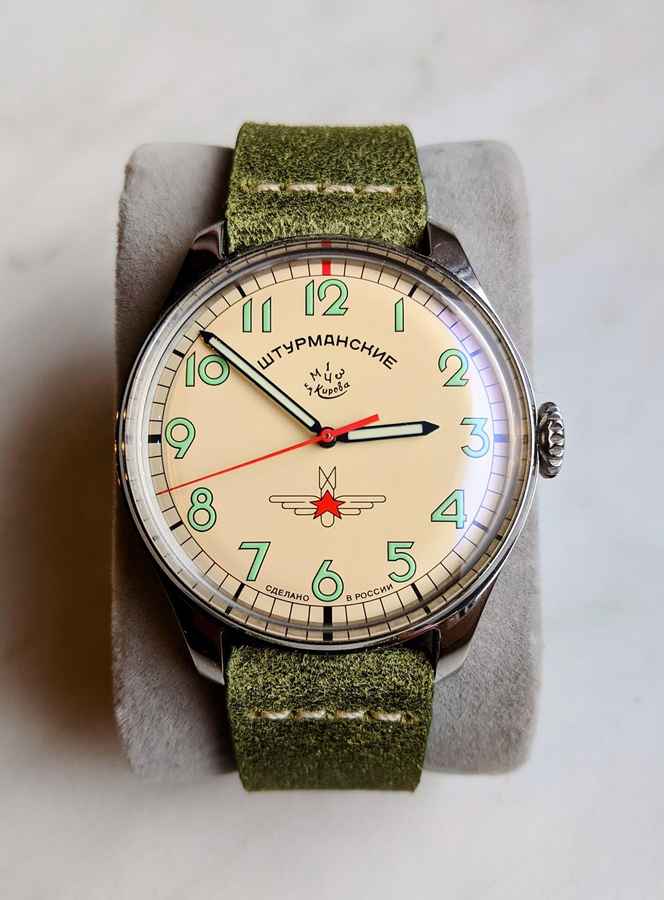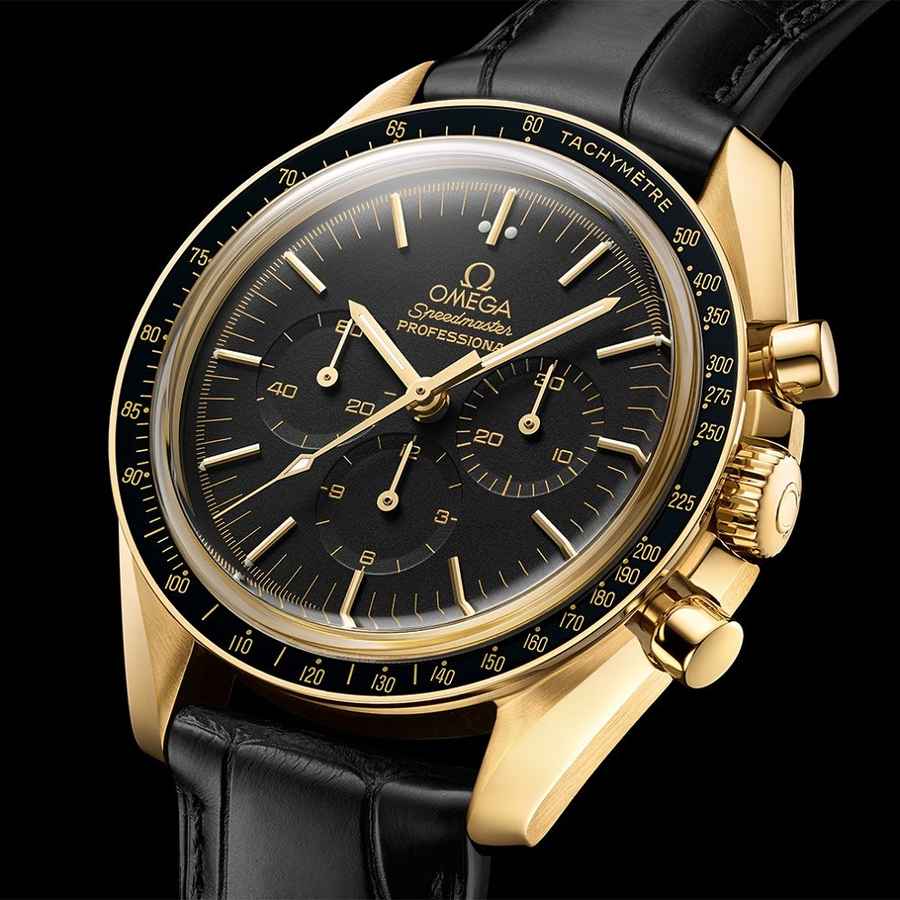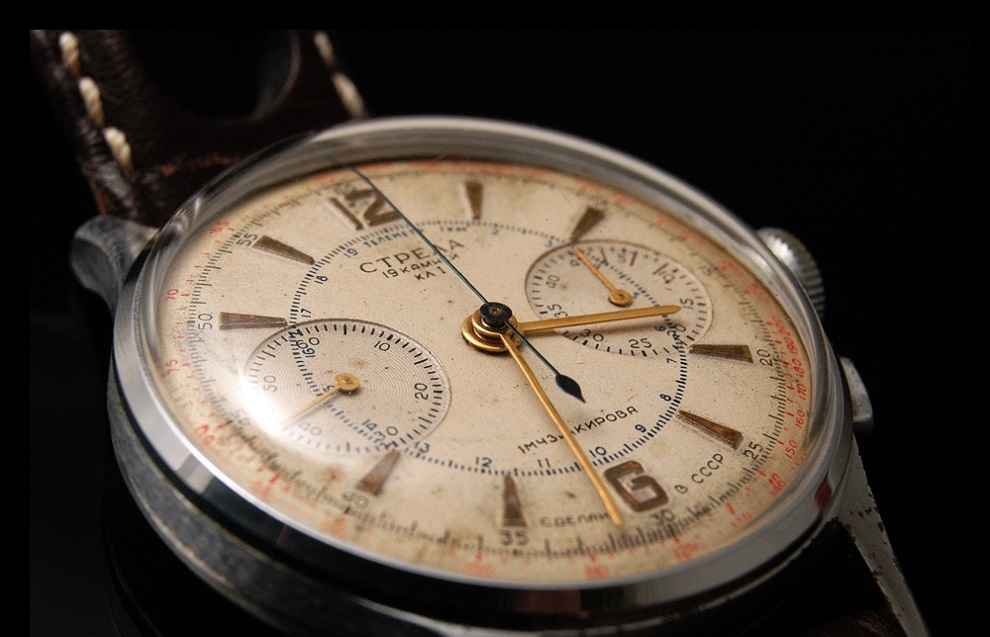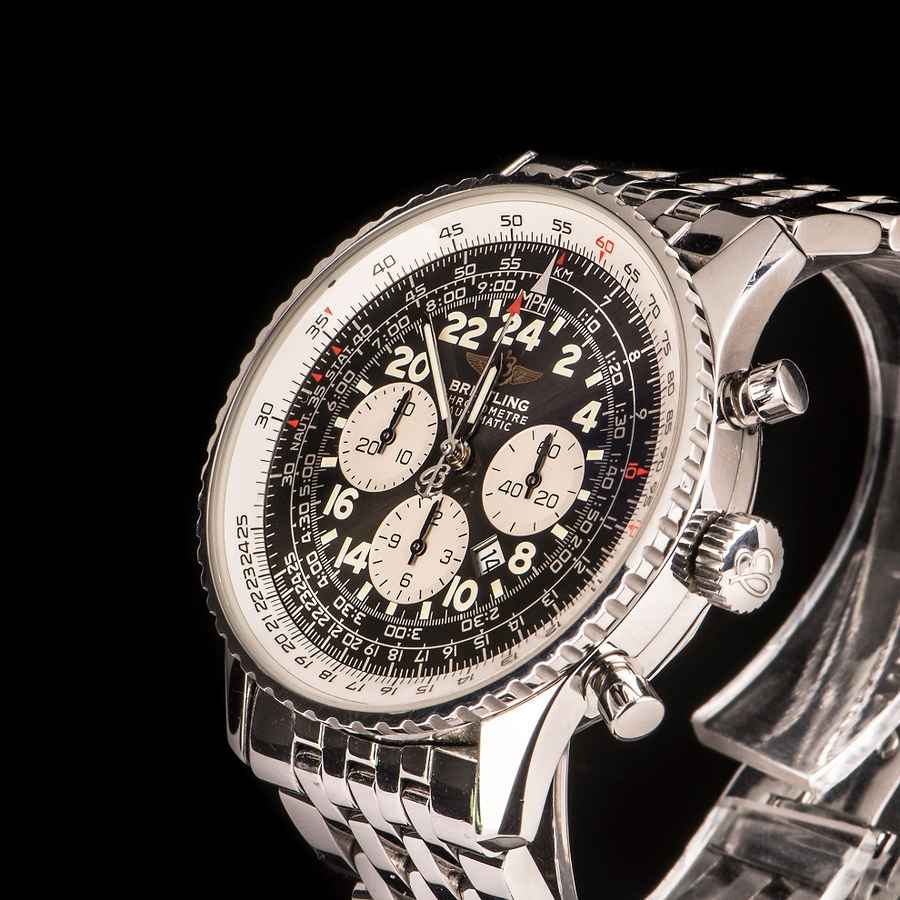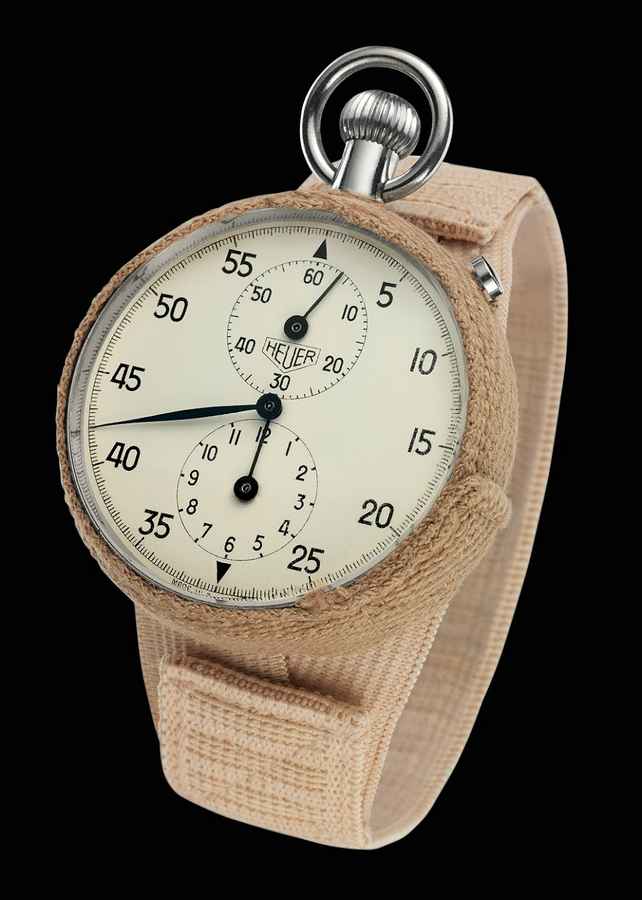5 watches worn in Space
We take a look at the evolution of watches in the cold darkness of space
Watches that can withstand gravitational forces in excess of 6 Gs, temperature fluctuations of between -160 to +120 degrees
We've got a wide range of different watches for you to check out
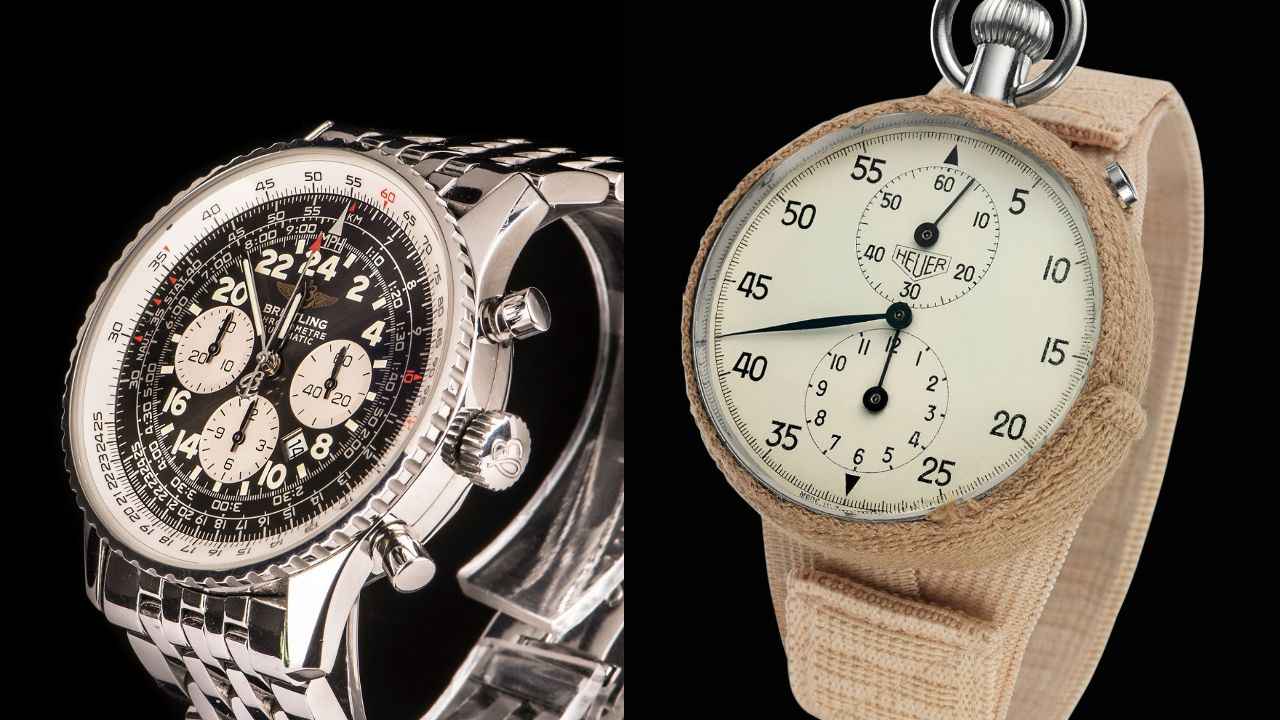
2021 marks 60 years of the first manned mission to space. Humankind embarked on its journey to the stars and what is beyond for the first time in 1961. Since then the purposes of each mission, their outcomes, historical as well as scientific implications, as well as the equipment which made it possible, have captured our imagination.
 Survey
SurveyHowever, none of them has captured popular imagination over the years as much as the humble wristwatch has. Yes, you heard that right! Why, you ask? It may be because wristwatches are so familiar to the rest of us, whether or not one may be interested in space travel. Watches that can withstand gravitational forces in excess of 6 Gs, temperature fluctuations of between -160 to +120 degrees, as well as severe changes in external pressure in space are a constant source of marvel, a fascination as old as the one with space exploration itself.
So here, we bring you a selection of five watches worn in space-
1. Sturmanskie Watch
The Soviet Union, in addition to having the distinction of being the first nation to put a man in space, also holds the distinction of having made the first watch to ever be worn in space. Yes, that’s right! The Moscow Watch Factory, since 1954 manufactured the Sturmanskie as a special issue watch for Soviet Air Force pilots. It was known for its easy to read watch face, with big, bold numbers arranged in a twelve-hour format, with a red seconds hand, and sword style minute and hour hands. Each Stumanskie, in addition, also had wings signifying flight, with the Red Soviet star in the centre.
2. Omega Speedmaster Professional
Arguably the most famous amongst the crop of watches worn in space, the Omega Speedmaster became the first watch to be worn on the moon on July 21st, 1969, when Buzz Aldrin wore it on his moonwalk. The watch Aldrin wore in particular, however, now remains as a lost piece of history, since Astronauts were required to return their watches to NASA post completion of their mission, and Aldrin’s watch mysteriously disappeared when it was being transported to the Smithsonian Museum to be preserved.
Contrary to popular belief, this wasn’t Omega’s first spaceflight. The Speedmaster was first worn in space by military pilot Walter Schirra, which he bought a few months before the Mercury-Atlas 8 mission, perhaps to mark the occasion, which was carried out on October 3rd, 1962. It was in the aftermath of this mission, that NASA Program Manager and Aerospace Engineer, Jim Ragan was appointed to find mechanical watches which could be used as back-ups to digital timers used on missions. For the same, Omega, Longines, and Rolex sent in the Speedmaster, the 235T, and the 6328 “pre-Daytona” Chronograph respectively. Each watch was subjected to a series of gruelling tests which included exposing them to temperatures varying from -18 degrees celsius to 93 degrees celsius, being placed in pressure chambers of between 10-6 atm, being exposed to steam with a humidity of at least 95%, in an environment of 100% oxygen for at least 48 hours, exposing the watches to shocks of 40 Gs each, and acceleration from one to 7.25 G’s in 333 seconds, amongst others. Out of the three, only the Omega Speedmaster withstood the tests, with the other two having failed in the first test itself. It was therefore certified for use during Extra-Vehicular Activity (EVA), or in common parlance, “spacewalks,” and remains the only watch to have done so to date.
3. Poljot Strela
Poljot’s Caliber 3017 Strela was a standard-issue watch for all Soviet Air Force pilots as well as cosmonauts between 1959 and 1979. On March 18th, 1965, the Strela became the first watch to be worn in outer space as Cosmonaut Alexey Leonov, the first man to “walk” in space, stepped out of the Voskhod 2 wearing the watch. The model Leonov wore had a white dial with applied gold numerals at 12 and 6 o’clock, while 1,2,4,5,7,8,10 and 11’o clock were marked by narrow gold wedges. Three and nine, on the other hand, were not marked, since the chronograph functions, namely the 45-minute counter and the running seconds counter were placed in their positions respectively. Strela’s remain in production to date, and are available for purchase in the market, for those looking to own a little piece of space, as well as horology history!
4. Breitling Navitimer Cosmonaute
Lieutenant Commander Scott Carpenter was the first person to wear a Breitling in space. Each of the seven Mercury programme astronauts was given one special responsibility for the spacecraft, and Scott was given the responsibility for the development of onboard navigational equipment.
Having worn a Breitling Navitimer for much of the 1950s, it was the obvious choice for Scott, for his trip to space. However, Scott recommended Breitling make three major changes to the watch so as to make it more usable in space. The first modification was widening the standard watch’s bezel from 40.5 to 42.5 millimetres, such that it could be used by astronauts wearing thick gloves and protective gear. The second modification he recommended was the removal of the third scale, to make the dial less ‘busy’, and the third, changing the watch to a 24-hour format, so as to make it easier for astronauts to tell the time, whether it was in AM or PM.
The Navitimer was a watch designed for pilots developed jointly by Breitling and the Aircraft Owners and Pilots Association. Since its introduction in 1954, the Navitimer had three scales- two printed within the dial and one in the rotating bezel. The two standard outer scales can be used for multiplication as well as division, whereas the third dial can be used for making calculations pertaining to speed and time. The third scale also translates minutes to hours, shown in an HH: MM format. The numerals on the watch followed a 12-hour format.
This new watch developed by Breitling as per Scott’s specifications was referred to as the Cosmonaute, commonly identified by the reference number 806 given to it in 1961, a year before Scott’s trip to space.
Scott’s own Cosmonaute however, which he received in 1962 just three days prior to his mission, remains lost. Upon his return to earth, his craft landed 250 miles further away from its intended splash point in the Caribbean sea. Since his arm was submerged in the water as he waited to be reduced by U.S naval vessels, his Breitling, which unfortunately was not waterproof, suffered great damage. As per sources, his watch was never seen after being sent to Breitling for repairs, and its current whereabouts remain unknown.
5. Heuer 2915A
This one holds the distinction of the first Swiss watch to be worn in space, worn by American astronaut John Glenn using rubber bands over his spacesuit on the four-and-a-half hour-long ‘Mercury-Atlas 6’ mission in 1962. Furthermore, besides the aforementioned Shturmanskie, the Heuer remains the only other watch worn in space that wasn’t custom-built for the purposes of a backup timer for a mission. It was noted for its simple two-register dial, with a 12-hour and a 60-minute subdial. In addition to the small dials on the two registers, the rest of the dial consists of a single, long, leaf-style hand, and markers as accurate as 1/5ths of a second. Since it was never produced in large numbers, the 2915A remains an elusive watch for horologists the world over. However, Tag Heuer, to commemorate 50 years of Hueuer’s achievement, released a limited edition Carrera 1887 SpaceX in 2012, limited to just 2,012 pieces, priced at approximately $6,000.
This article was first featured in the January 2022 issue of the Digit magazine. To subscribe to the magazine, head to this link. To get the digital subscription, head over to Geek.Digit.in
Atreya Raghavan
Mostly found napping. Atreya loves anything on four wheels that can go fast. He cannot function without caffeine and vast amounts of crisps and candy, and spends most of his time drooling over expensive watches. Oh, and he has a borderline unhealthy obses View Full Profile
